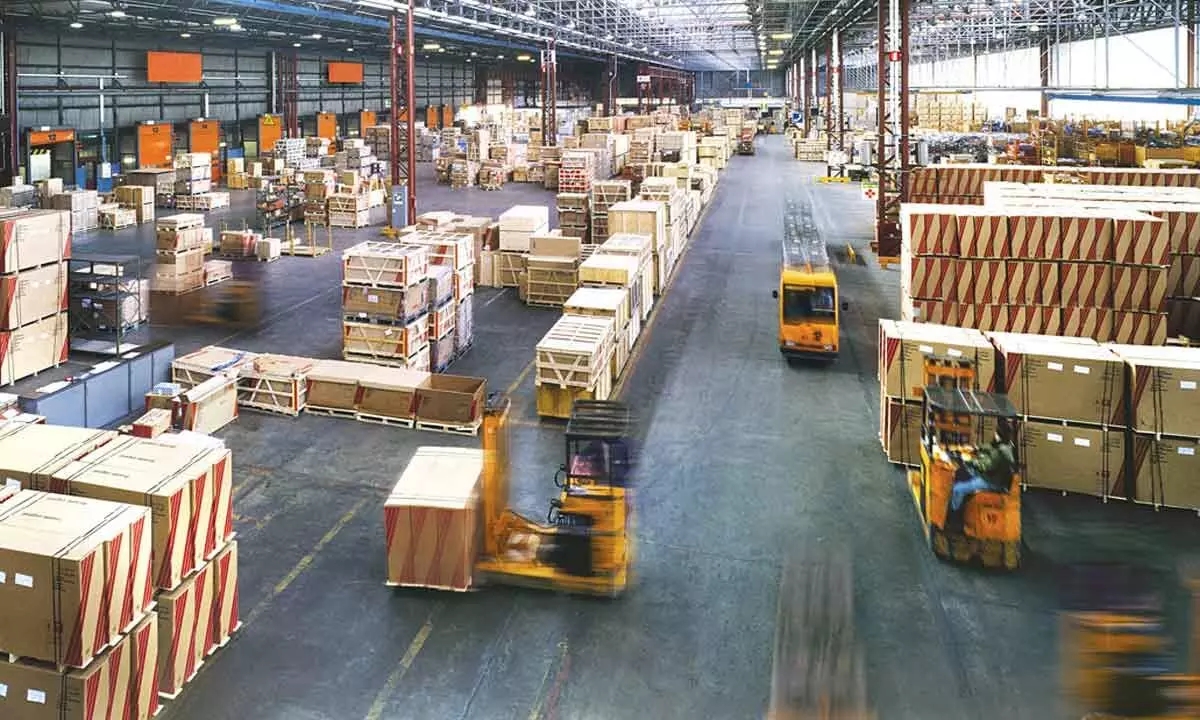A push to warehousing can propel India towards its developmental goals
image for illustrative purpose

The warehousing market in the country is already projected to grow at a compound annual growth rate of over 10 per cent to reach 535 million sq ft by 2026. It also goes without saying that the logistics and warehousing sector will play a crucial role in achieving India's development goals. But what is more important is that if India can integrate sustainable measures into the design, construction and operation of warehouses, it will yield more long-term benefits than one. A recent joint study by JLL and IndoSpace with contribution from International Finance Corporation (IFC) also subscribes to this view. It suggests that India's warehousing sector is in a unique position as a key driver of its economic growth, as well as being the guiding light to ensure that this growth is sustainable and has a positive environmental impact. Assessing the integration of environmental-friendly and sustainable practices throughout the design, construction, and operation of a warehouse holds significant ecological and economic advantages throughout the lifespan of the asset.
Let’s take a look at how incorporating green measures in the design, construction, and operations of a warehouse has tangible benefits across the asset's lifecycle. The short-term and long-term benefits of incorporating green measures include:
· It leads to 40 per cent savings in total energy consumption; 30 per cent savings in water consumption; 35 per cent reduction in total embodied energy and a three year average payback period for return on investment. Over and above these, it also identifies the most common and effective sustainability measures that can be incorporated in warehouse design.
With warehousing in India expected to grow at an annual growth rate of 10 per cent or more, it is also crucial to expand Green Warehousing solutions that prioritize resource-efficiency and sustainability—both vital for supporting market growth and attracting global businesses. It is therefore of utmost importance to identify the most common and effective sustainability measures that can be incorporated in warehouse designing and construction. All organisations, engaged in this field, should be committed to achieve net-zero greenhouse gas emissions across the value chain by 2040.
Creating awareness about sustainable development and providing solutions to help all stakeholders forge a brighter way towards a greener tomorrow is also going to be very important. India does not need merely space providers. The country is in need of architects of sustainable progress. The organisation’s dedication should be reflected in properties with EDGE (Excellence in Design for Greater Efficiencies) and IGBC certifications, reinforcing their pursuit of a future where sustainability is ingrained in every brick and beam. India must develop a resilient logistics sector essential to foster economic growth, trade and development; the sooner, the better.

